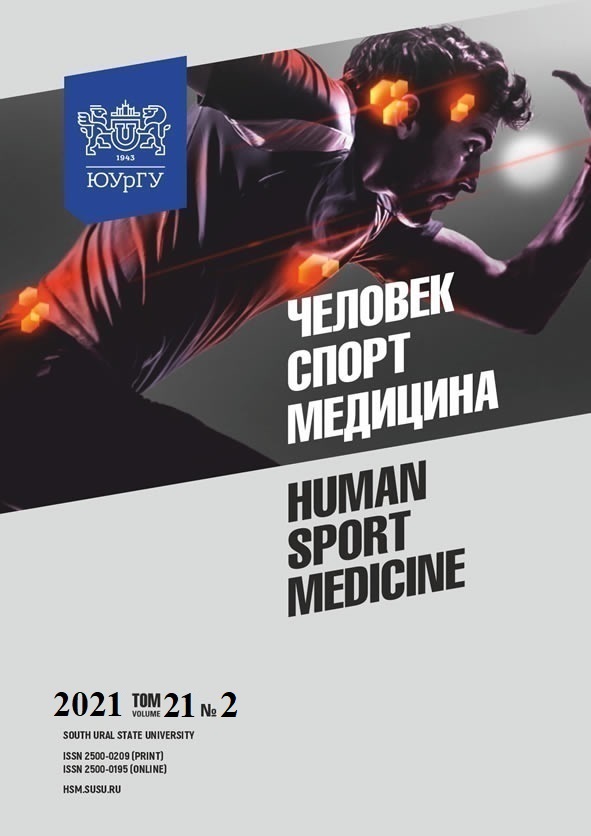IDENTIFYING DIFFERENCES BETWEEN BASKETBALL, HANDBALL AND VOLLEYBALL PLAYERS IN INCREASING EXPLOSIVE FORCE AND AGILITY
Abstract
Introduction. This study investigated the impact of specific training on the explosive force and agility of players during the preparatory phase of basketball, handball and volleyball. Aim. The purpose of this study was to notice the differences between sports and improvements during the preparatory phase and in the future to serve the coaches in preparing better sport specific programs. Materials and Methods. The research sample was chosen among students of the University of Prishtina Faculty of PES. The sample was split in three groups. The first group was composed of 15 students who were active basketball players in different Super league teams. The second group was composed of 15 students who were active handball players while the third group was composed of 15 students who were active volleyball players. Seven different motor tests were used to determine the explosive force and agility: Leonardo Jumping Test, the Long Jump, the Seated Medicine Ball Throw, the 20-Meter Speed Test, the Agility T-Test, the Illinois Agility Test and the Hexagon Agility Test. LEJUTE were applied using Leonardo Mechanography GRFP STD. Results. The variable analysis showed that the training programs for basketball, volleyball, and handball increased the explosive force and agility of the players. The process of increasing agility occurs when explosive force and speed are developed as a precondition for improving balance and coordination. Conclusions. We can conclude that due to the higher priority and importance given in the preparatory phase from basketball clubs to agility and explosive force training, the students engaged in professional basketball clubs have shown better results overall.
Copyright (c) 2021 Human. Sport. Medicine

This work is licensed under a Creative Commons Attribution-NonCommercial-NoDerivatives 4.0 International License.















